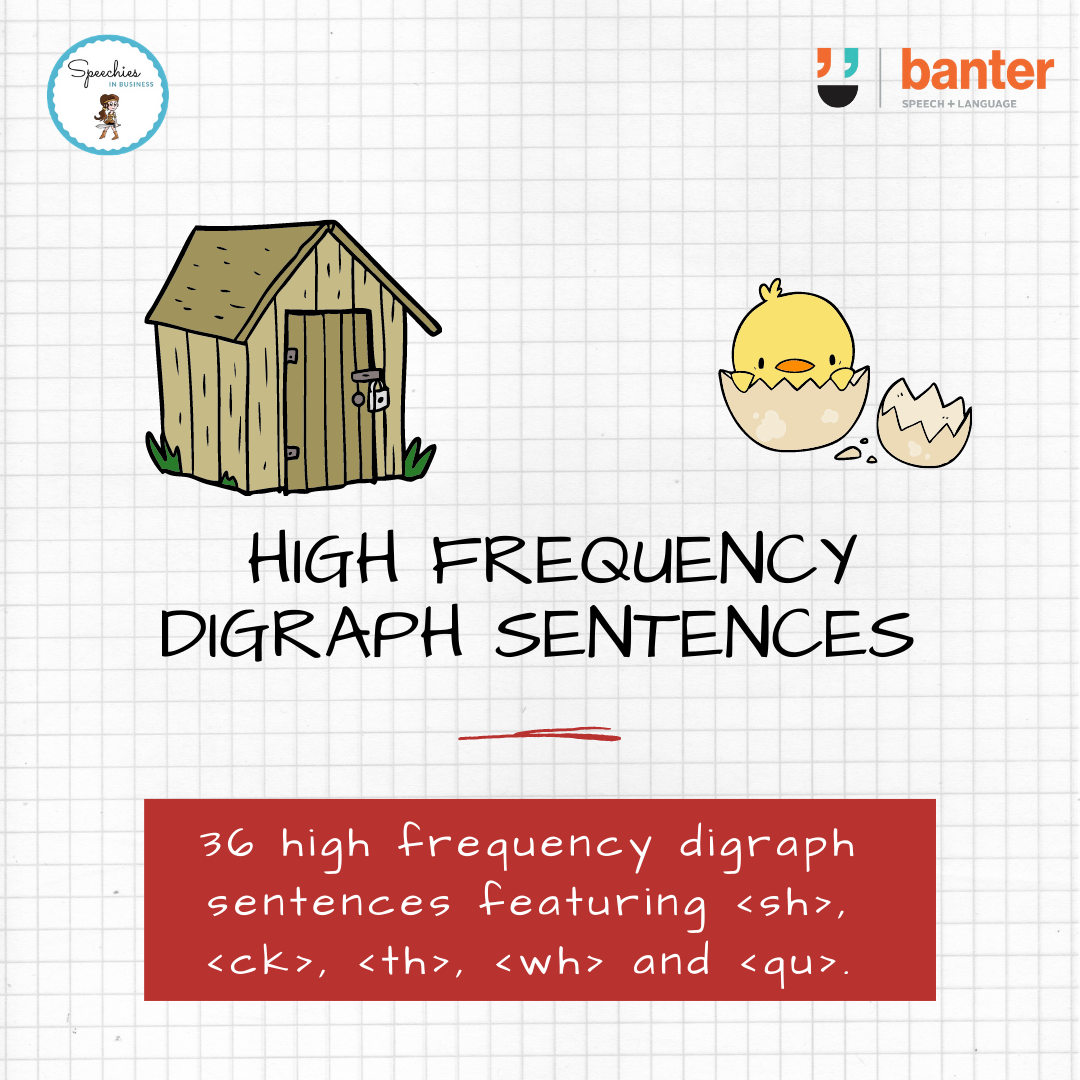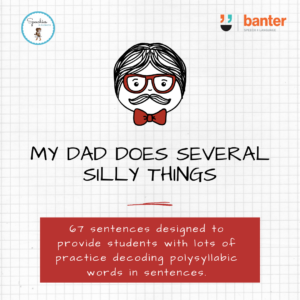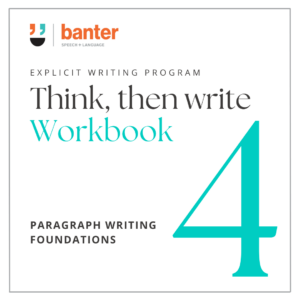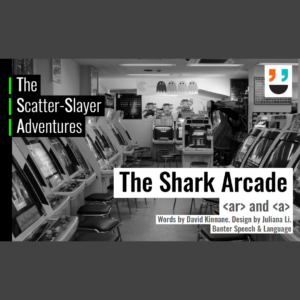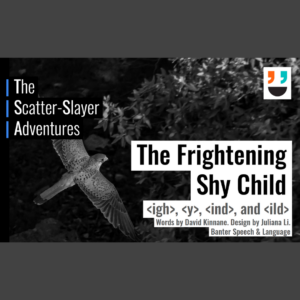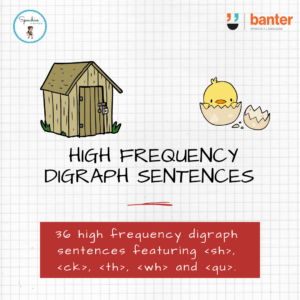(R217) Digraph sentences featuring sh, ck, th, wh and qu words (Volume 1)
$4.99 including GST
Once students have learned:
- the basic code;
- how to decode CVC words (like “mat”);
- how to tell <b> from <d>;
- how to decode CCVC words (like “stem”), CVCC words (like “mast”) and CCVCC words (like “spilt”),
it’s time to work on high frequency split digraphs like <sh>, <ck>, <th>, <wh> and <qu>.
This resource contains 36 silly sentences loaded with <sh>, <ck>, <th>, <wh> and <qu> digraphs.
Description
Research shows that there are around 64 high frequency letter-sound combinations that should be taught explicitly as part of any systematic, synthetic phonics program.
These “grapheme-phoneme correspondences” include high frequency digraphs (two letter combinations associated with one speech sound each), like <sh>, <ck>, <th>, <wh> and <qu> (see below).
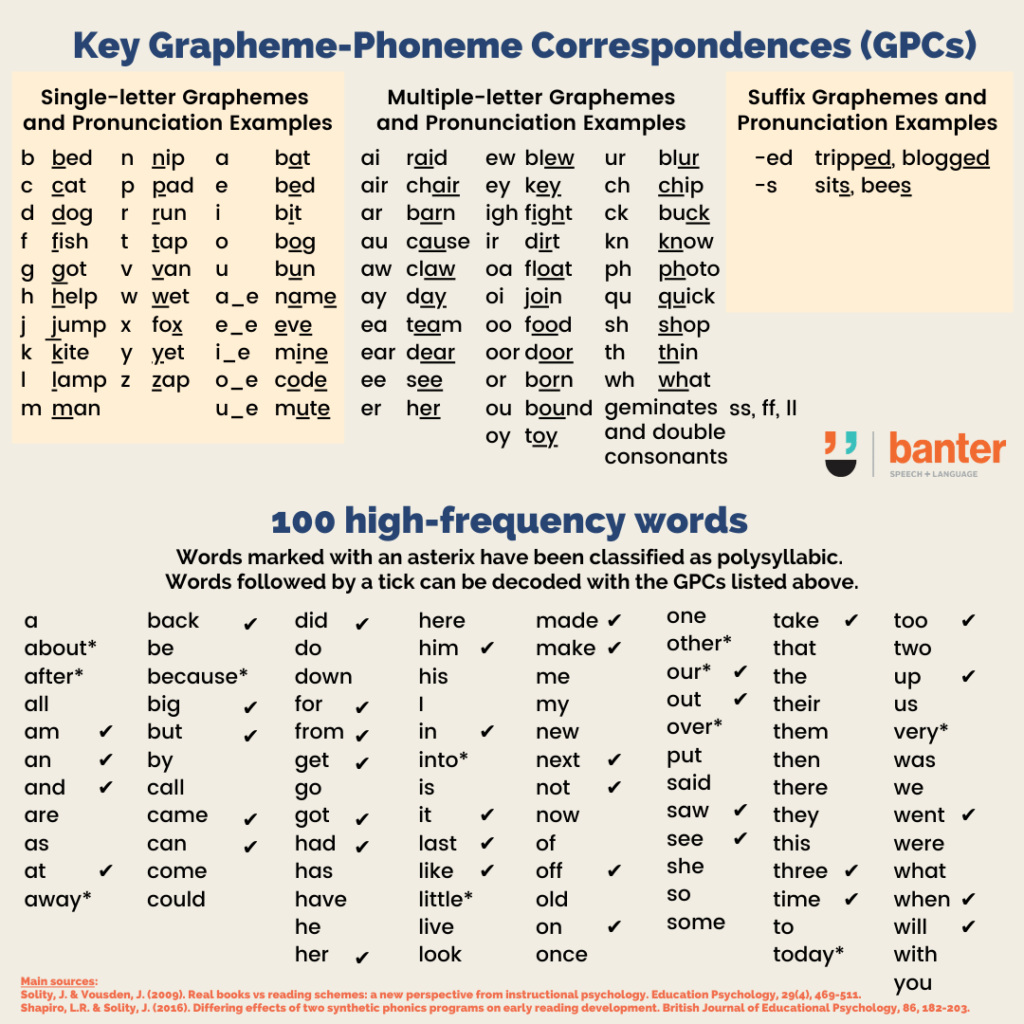
Once students have learned:
- the basic code;
- how to decode CVC words (like “mat”);
- how to tell <b> from <d>;
- how to decode CCVC words (like “stem”), CVCC words (like “mast”) and CCVCC words (like “spilt”),
it’s time to work on high frequency split digraphs like <sh>, <ck>, <th>, <wh> and <qu>.
This resource contains 36 silly sentences loaded with <sh>, <ck>, <th>, <wh> and <qu> digraphs.
To revise these letter-sound links in isolation, check out our free teaching video here, which also revises the Basic Code: https://youtu.be/kJQyu8dtd3g
Related resources:
- High Frequency Digraph Sentences Volume 2
- Word Decoding Exercises: High Frequency Polysyllabic Word Decoding-2 syllable words
- Decoding Polysyllabic Words in Sentences: “My Mother is Impressive“
- Decoding Polysyllabic Words in Sentences: “My Dad does several silly things“
- Decoding Polysyllabic Words in Sentences: “My Grandmother is a Touch Unusual“
- CCVC Words in Sentences: Is Stan a brat?
- CVCC Words in Sentences: Wendy has Zest!
- Early Reading Workout – Stan has three cats: Dom, Don and Dan (CVC, CVCC, CCVC)
- The b/d letter-sounds sorter (with CVC words, sentence and story workout)
- Early sound blending practice 1: CVC words with short a and e vowels
- Early sound blending practice 2: CVC words with short i and o vowels
- Early sound blending practice 3: CVC words with short u vowel
- Early Sound Blending Practice 4: CCVC words – starting with a continuant
- Early Sound Blending Practice 5: CVCC words – starting with a continuant
- Early Sound Blending Practice 6: CCVCC words – starting with a continuant

